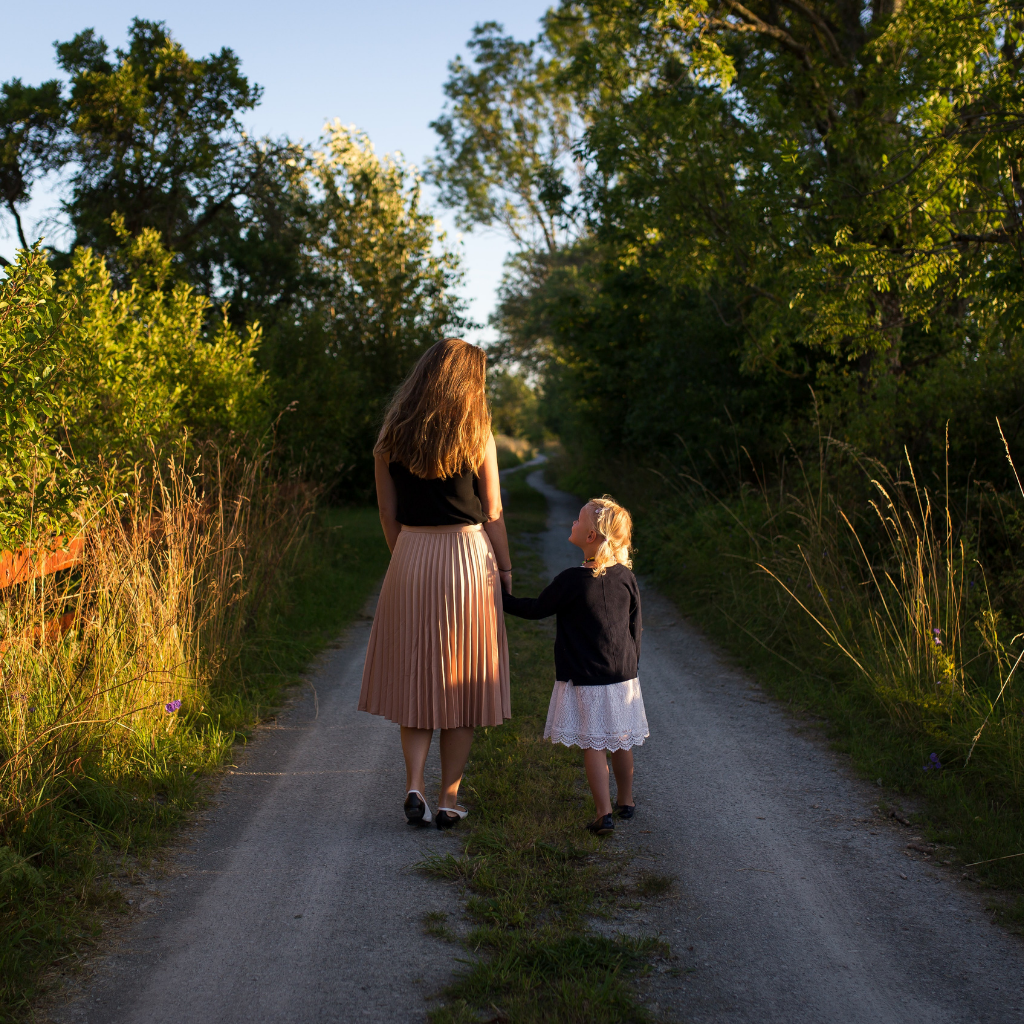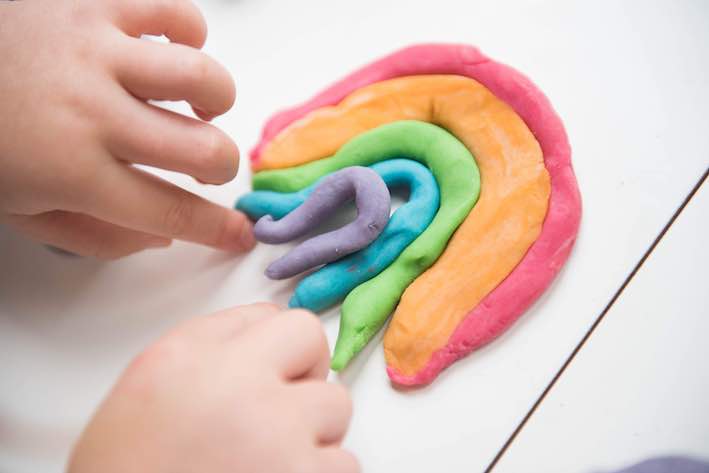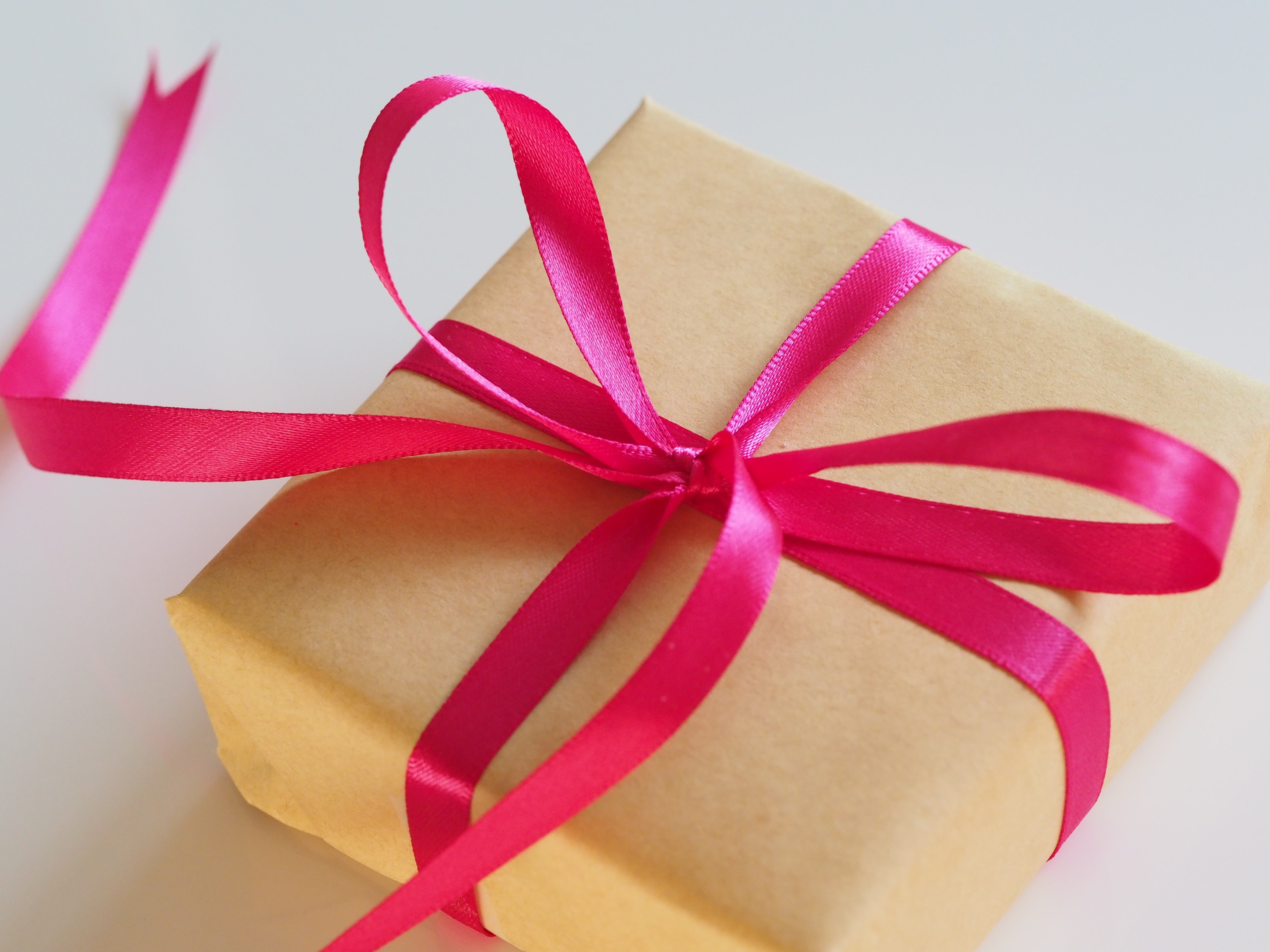
5 ways to help bees
- May 01, 2020
- 0 Comment(s)
We all know that it is important to protect bees, but do we understand why? All plants need bees to pollinate them, which is why bees are essential to the ecosystem. 90% of the flowering plants that exist require pollination. Just one bee is able to visit as many as 1000 flowers during one trip. Multiply this by ten trips a day for a colony of 25,000 bees and you have 250 million flowers pollinated in just 24hrs.
If we look at the larger picture, we will see why other species, including man, depend upon bees for survival. Without them, many food sources would disappear such as fruit, vegetables, berries, nuts and seeds. The actual flowers also provide the perfect habitat for lots of animals, birds and other insects. Imagine a planet without pollinators and the impact upon crops and plants would be disastrous. To put it simply, without bees, we cannot survive.
Protecting bees is crucial to the survival of the earth and all the life upon it. But understanding just how important bees are is not enough. How can we help them?
- Protect the bee’s habitat – green spaces are dwindling so help by planting a bee garden full of bee-friendly plants. Introduce anything with nectar, such as wildflowers. Buy a packet of seeds and scatter them on a piece of ground. You don’t even need a garden. If you only have a patio, fill pots with flowering plants.
- Don’t use garden pesticides – if you have a garden, you must ban the use of all chemicals such as fertilisers and pesticides. These will endanger the life of any bee visiting your garden, as well as making them avoid the treated areas. Encourage other insects into your garden that eat pests. Once you have your garden working well with a healthy balance of wildlife, the bees will love it.
- Plant trees – if you don’t have space, small gardens can benefit from the introduction of miniature fruit trees. The leaves and resin are used by the bees to create nesting materials. They will also find shelter in the nooks and crannies between the branches. Fruit trees are excellent as the bees will be attracted to the blossom.
- Make a bath for bees – make it shallow or if you are using a birdbath, put stones in so that bees can perch upon them to take the water. If you have a small pond, makes areas where the sides slope into the water and add small rocks; again, the bees will use this as a place to drink.
- Get a bee house 70% of bees reside underground and 30% in holes in trees or elsewhere. Either build a bee house from instructions found on the internet or buy one. It doesn’t have to be fancy. It just needs hollow tubes for the bees to crawl into and nest. Place it on a south-facing wall and keep it dry.
Do all of this and you will be making a great contribution to the life of bees. If everyone did this, bees would soon begin to flourish again. If there are local hives nearby, support them by purchasing their honey. Spread the word about helping bees, educate young children and make saving the bees something that we all get involved in.































